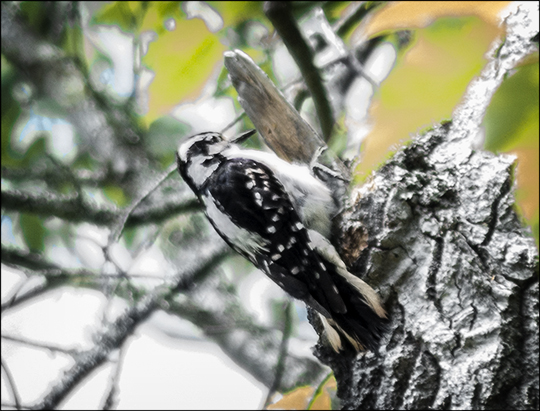
This tall plant, prized for the misty effect of its flower spikes, is very tolerant of waterlogging in summer.Garden ponds can bring a unique beauty to your yard and give you a place to relax and enjoy the tranquility of nature. Verbena bonariensis Verbena bonariensis (Tim Sandall/RHS/PA) These plants are very tolerant of wet soil and sweat out dry summer periods with ease, flowering for long periods in early summer and retaining delicate grassy foliage all summer. Iris sibirica ‘Tropic Night’ Iris ‘Tropic Night’ (Tracy Leverett/RHS/PA) Hosta (Tardiana Group) ‘Halcyon’ Hostas like damp conditions, but watch out for slugs (Thinkstock/PA)Īlthough martyrs to slugs on occasion, if you can keep the leaves wholesome, hostas can be extraordinarily lush in summer, even in shade. Hemerocallis ‘Burning Daylight’ Hemerocallis ‘Burning Daylight’ (Carol Sheppard/RHS/PA)ĭay lilies are remarkably robust plants, with trumpet shaped blooms in bright warm colours from mid-summer. A bucket of water every week in summer droughts won’t go amiss if the soil gets too dry. These beautiful plants have long lasting feathery flowers and foliage and relish wet soils. Astrantia ‘Ruby Wedding’ Astrantia major ‘Ruby Wedding’ (Nigel Chapman/RHS/PA) This water-loving plant has fine delicate foliage but often toughs out wet situations. Alchemilla mollis Alchemilla mollis (Thinkstock/PA) They will not thrive where the soil is so wet or compacted that water pools on it and little drainage occurs. However, be aware that bog garden plants do need some drainage and air around their roots. If you have an area of your garden that is naturally waterlogged all year round, you may not need a liner to create a bog garden.

You’ll need to continue to weed the soil as it settles further, and once it’s settled back to its natural level, the bog garden is ready for planting. Only flatten the soil lightly, as heavy compaction will result in poor growing conditions. The soil level will now be higher than originally but will settle in time. If the soil is low in organic matter, incorporate compost, leaf mould or well-rotted manure. Replace the excavated soil, removing any weeds and large stones in the process. Bog garden (Patrick Taylor/RHS/PA)Ĭover the bottom and the leaky hose with a 2.5-5cm layer of coarse grit or gravel to prevent soil blocking the holes in the pipe. The other end needs to come up and out of the bog garden, so that it can be used to apply water for irrigation. Lay a length of leaky hosepipe or porous pipe in the bottom and seal the far end. Pierce the liner at 1m intervals with a garden fork.

Place bricks or stones on the edge to stop it shifting as you walk on it. Line the hole with polythene sheeting or Butyl pond liner (at least 0.5mm thick). Calculate approximately the volume of soil you will need to shift (length x width x depth), and if this seems excessive, consider reducing the size of the area.

To create a bog garden from scratch, excavate your designated area to a depth of 45cm.
RUBY RUNNER BOG PLANT HOW TO
“You might need to have a plastic or rubber liner and top the moisture levels up in summer, as true bog garden plants, such as native marsh marigolds and the lovely Japanese Iris ensata, soon look very sick if subjected to dry summer soils.” How to make a bog garden Getting started Guy Barter, RHS chief horticulturist, says: “If there are areas where the rain lingers, these might be a good spot for a damp garden using plants that, unlike most, don’t mind periods of wet roots and will put up with short periods of drier soil in the peak of summer while thriving on good moisture.

ADVERTISEMENT Frogs are attracted to bog gardens (Andrew Milligan/PA)


 0 kommentar(er)
0 kommentar(er)
